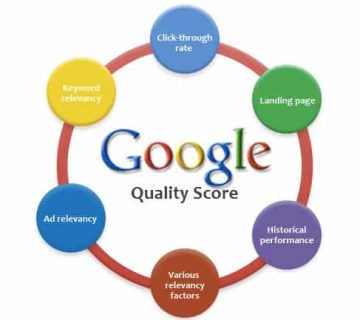9 Big changes coming to Google Ads
If you are an advertiser, organization or consumer online, you need to know how these changes will affect your browsing and advertising experience – both in 2019 and in the future.
Lets see the 9 big changes coming to Google Ads
1. News feed advertising is changing with Discovery Ads
Don’t overdo it – the news feed isn’t dead yet! And in fact, it may be on the rise.
You may remember Google that unveiled Google Discover last September. Now, they are introducing a new way to advertise it. Google Discovery ads provide a canvas for advertisers to attract consumers with a rotating picture carousel.
Google Discovery ads are great for connecting with users – you can view them through the YouTube homepage, Gmail promotion tab, and Google Discover feed. They also take advantage of machine learning, over time, delivering the best advertising based on your needs.
Το 85% των διαδικτυακών καταναλωτών λαμβάνει μια ενέργεια που σχετίζεται με το προϊόν μέσα σε 24 ώρες. Οι διαφημίσεις Google Discovery επωφελούνται από αυτό, επιτρέποντας στους διαφημιζόμενους να προβάλλουν διαφημίσεις σε στιγμές που ψάχνουν να βρουν κάτι νέο. Και το έχουν κάνει με επιτυχία.
Αυτός ο τύπος διαφήμισης κυκλοφορεί για τους διαφημιζόμενους αργότερα αυτό το έτος.
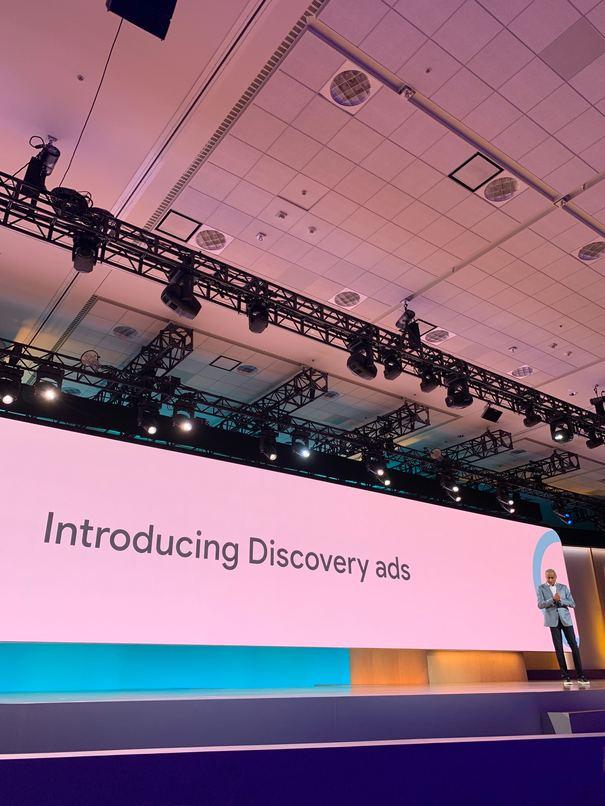
2. Embedded ad text comes to the search network with Gallery ads.
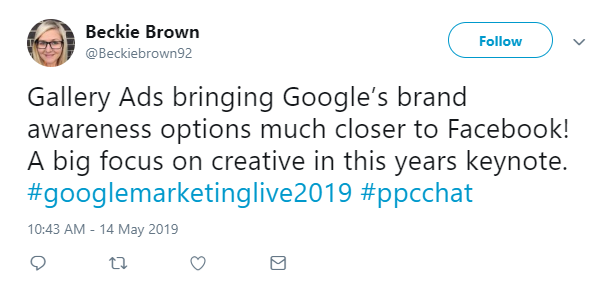
The commercial intention of the search network is unparalleled – but what about optical media? This year, Google wanted to combine search intention with a more interactive and visual form of advertising. Gallery Ads allow advertisers to combine exciting images for advertising on the search network.
Like Discovery Ads, Gallery Ads are in carousel format and allow consumers to interact with your images. Unlike Discovery Ads, they are at the top of the search results page. This means that advertisers are now able not only to display ads just as they search for keywords related to their products or services. In terms of specifications, Google Gallery allows advertisers to have:
- Between 4 and 8 images
- A 70 character tag with each image
- And up to 3 titles (for CTA experiments!)
On average, campaigns that utilize Gallery Ads have increased by up to 25% in user interactions. They are also being released to advertisers later this year.
3. Big improvements in smart bidding
One of the three “major breakthroughs” discussed at the beginning of the day was machine learning – a term you can’t avoid in the world of digital marketing that refers to the power of computers to find data and make decisions based on it. Of the many ways that Google applies machine learning to all of its advertising properties, one of the most important is Smart Bidding.
Smart Bidding refers to using machine learning from Google ads to optimize your bids for conversions or conversion value. If you’ve ever automated your bid with Target CPA, Target ROAS, Maximiaze Conversions, or Enhanced CPC, you know Smart Bidding.
Fortunately, this year’s event included the announcement of three major improvements to Smart Bidding:
- Campaign Conversion Targets: If you have a campaign dedicated to, for example, in-store visits that increase the conversion goal, you can now optimize all your campaign bids for that goal.
- Conversion Tasks: If you want to optimize your bids across multiple campaigns, you can create a set of desired conversion actions.
- Season Adjustments: If you have an upcoming sale or event that you expect to increase conversion opportunities, Google Ads will optimize your bids for that time period and will reset them normally afterwards.
Starting August 21, 2019, all search advertisers will have access to Google’s new Smart Bidding. Once you set a budget and a ROAS level, Google will take the lead and optimize your keyword bids. to maximize your campaign conversion value.
4. YouTube Ads for everyone via Google Ads
It’s no secret that YouTube offers incredibly important value to advertisers. Collectively, we watch billions of videos on the platform every day. What is not well known is the value of the ads – the six-second ads that play before the video starts. According to global data gathered by Google last year, a series of three ads leaves a more memorable and good impression on consumers than a single 30-second ad.
As promising as it sounds, there is a problem. Few businesses have the resources to create stylish, professional short-term ads. In a somewhat rare case where a business has video content, it is usually in the form of one or two minutes of video. Compressing them in six seconds – keeping the message going, is a very difficult process.
Google Ads now has a handy new tool that can turn any video in under 90 seconds into a YouTube-ready ad collection. It is scheduled to be released later this year at no additional cost to advertisers. In addition, it includes a set of basic editing tools that give you complete control over the finished products.
5. Custom Affinity + Custom Intent = Custom Audiences
While it is common wisdom that Facebook ads – not Google ads – are the first publicly based platform, this has gradually changed in recent years. It was no surprise that the trend continued this year. In this regard: Google merges audiences with the same interests and intentions and easily creates audiences.
A refresh is approaching. While a custom audience enables you to target a group of people who exhibit a particular shared interest, a custom audience of intent enables you to target a group of people who demonstrate a commercial interest in a particular product or service.
This distinction tends to disappear. Soon, the prospect can be guided by their interests and behaviors under the personal umbrella of the target audience. A key difference between this and a custom Facebook audience, of course, is Google’s direct access to search data.
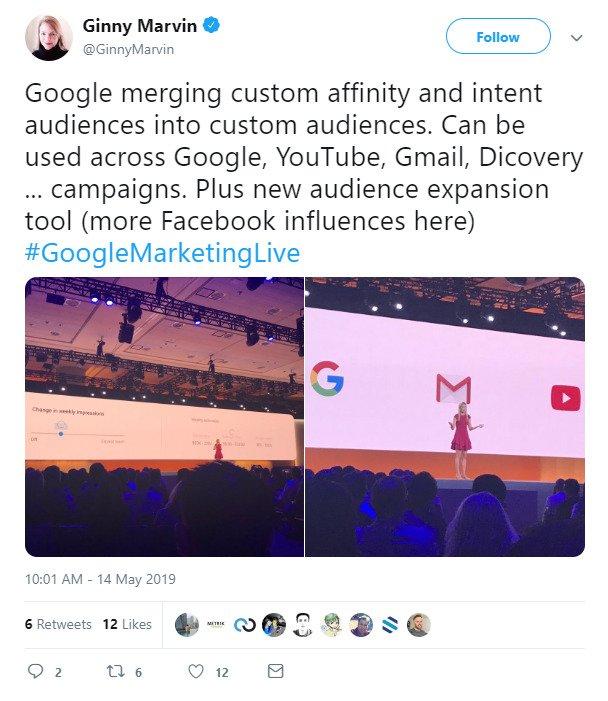
6. Increase your profit with the Audience Extension tool
Continuing, if you find that one of your custom audiences works particularly well, you can use the brand new audiences extension tool to reach consumers who see and behave similar to people within that custom audience. This probably looks familiar to you, and for good reason – it’s almost the same as a Facebook looking audience.
For those who don’t advertise on Facebook or are unfamiliar with the real public, the idea is simple: Google’s new audience extension tool will allow you to increase the number of consumers viewing your bids while ensuring that these bids are relevant and useful.
7.Google Shopping is becoming more… shopping
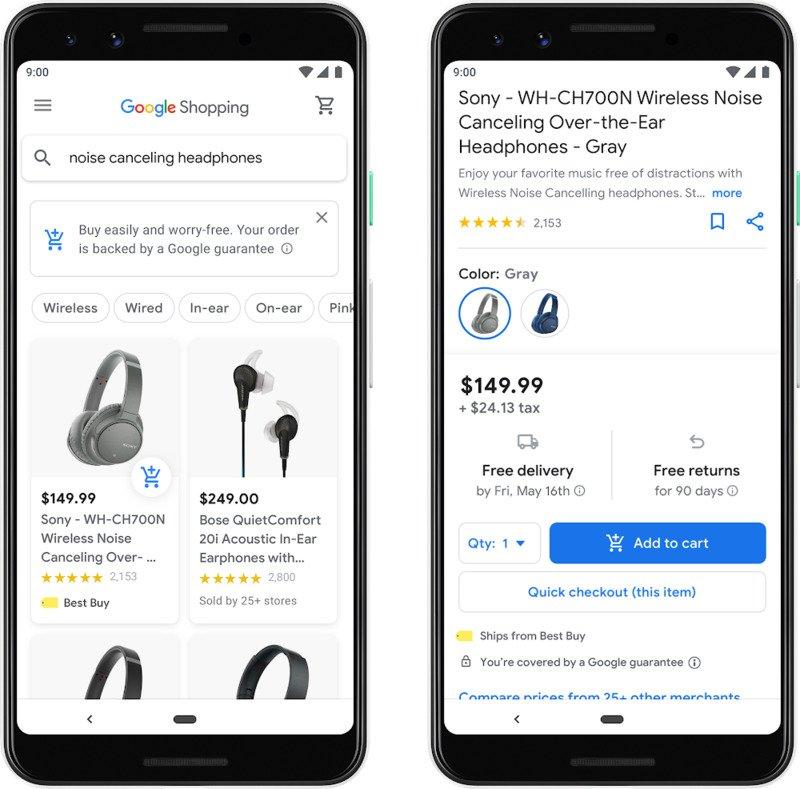
One of the most important developments in the world of e-commerce is the emergence of content that can be purchased. Just a few months ago, Instagram introduced Checkout on Instagram – a new (albeit limited) functionality that allows users to purchase material directly within the app. Shortly afterwards, Google announced a pilot version of image search results that can be purchased. The common thread that links these two features together is to eliminate friction. In other words, advertising salespeople want to make it less painful for your prospects to become your customers.
Obviously, that’s why Google now allows online shoppers to make direct purchases within the shopping interface. They will still have the option to click on your site if they are so committed, and Google guarantees that all buyers will enjoy an easy process and top-notch customer service.
8. Shopping showcase ads in new places
According to the topic of delivering relevant advertisements, the importance of understanding the intent of the users has repeatedly emerged throughout the speech. In particular, Google has emphasized the importance of using visual images to inspire consumers whose search queries show they hope to discover new products. This is why showcase ads were released at the end of 2017 and this is why they are expanding showcase shopping ads to additional ad properties this year.
For those who don’t know, while a standard shopping ad brings users to a landing page, a shop window ad brings them to a list of related products. The idea is that these users are looking for inspiration and can therefore benefit from exploring a range of options.
In the coming months, Google will expand its showcase ads to image search results, search results discovery and YouTube. The reason why this extension is so exciting is that it allows you to provide these discovery-driven shopping experiences in a wider range of products.
9. Local campaigns available for everyone
You’ve heard it hundreds of times, but it needs to be repeated: consumers are researching their smartphones before going to physical stores. With the emergence of this trend comes the opportunity to influence your prospects’ purchasing decisions before they even enter your store. In other words, it creates the opportunity to deliver some of these right and relevant ads that Google uses.
That’s why they’re running local campaigns – a semi-automated campaign type that promotes your store on search, display, maps, and YouTube – to all advertisers. The process is somewhat similar to that of responsive ads. Once you’ve given your store locations, some ads, some images, a budget, and a bid, Google ads optimize your ads across all properties to maximize traffic to your stores.
Through Google.
Google is testing a beta version of local campaigns with a small group of advertisers covering different industries. The result: an average ROAS increase of 5X. Not bad, huh?

